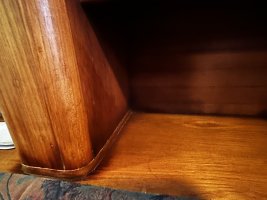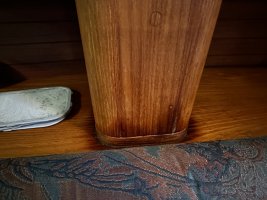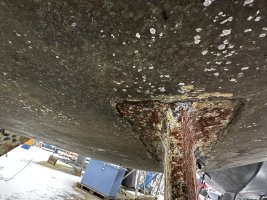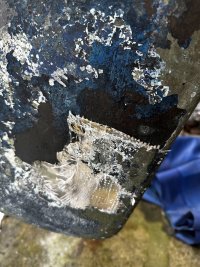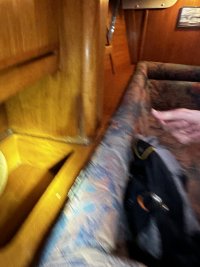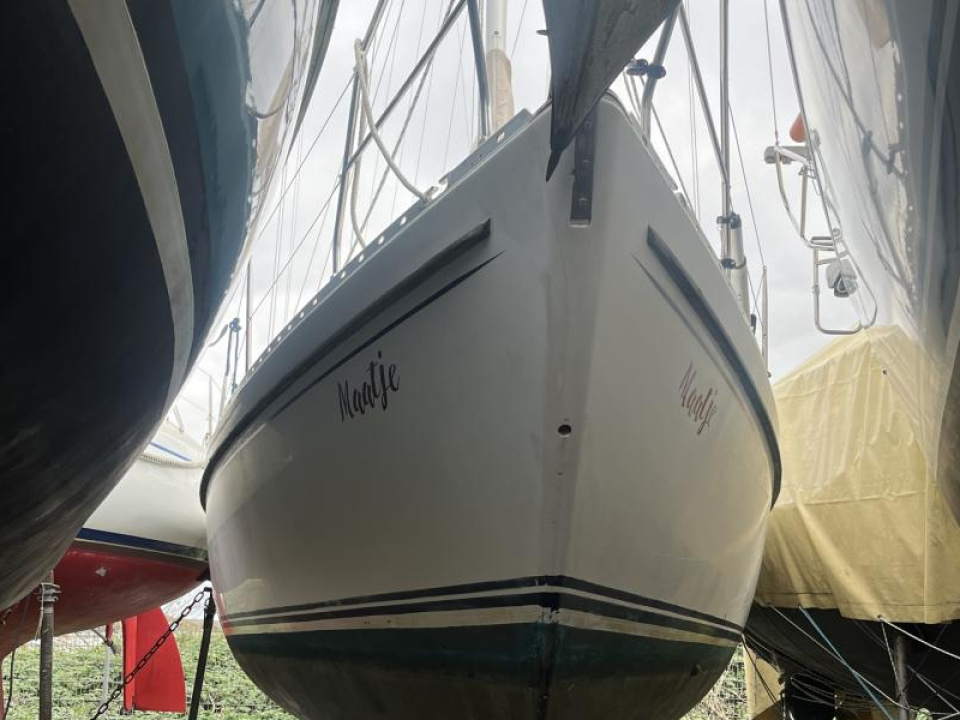Joern Dageroth
Temporary Member
Hello - we're first time buyers looking for some advice on a potential purchase; specifically if the wet spots in the woodwork covering the chain plates are a red flag and we should walk away, or if it's something we can easily fix. Any help would be really appreciated!
The boat is a Moody 336 bilge keel which had the standing rigging renewed four years ago but did not get much love otherwise.
We checked it out yesterday and found few things which we're not sure about.
Thanks a lot for any help!
The boat is a Moody 336 bilge keel which had the standing rigging renewed four years ago but did not get much love otherwise.
We checked it out yesterday and found few things which we're not sure about.
- The keels have a large amount of rust on them, but after closer inspection it appears it's only on the surface and looks like it could be easily sanded off.
- You can see from the side of the hull, various parts of the antifoul has come off and on the ruder there seems to be a fiberglas patch comming off probably resulting from a failed repair.
- Finally, and most importantly, the wood in the saloon has some dark and wet spots, but I could not identify the root cause.
Thanks a lot for any help!

